
views
Making Beads with Patterned Paper
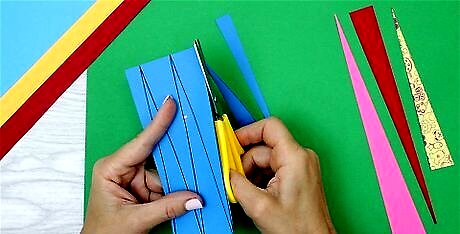
Cut your paper. Cut long triangles out of magazines, coloured construction paper, wallpaper, etc. The base of the triangle will be the width of the bead and the longer the triangle is, the fatter the bead will become. The slender 1-inch (2.5cm) beads used in this method are made from 1-inch by 4-inch (2.5cm x 10cm) triangles, but 1/2-inch by 8-inch (1.27cm x 20cm) triangles would create fat 1/2-inch (1.27cm) beads. Cut accordingly.. Always have a guide or a ruler whenever you want to cut a straight line.

Add your glue. Turn the triangle design-side down and apply a bit of glue to the pointy end. A glue stick or a tiny bit of liquid glue will do.
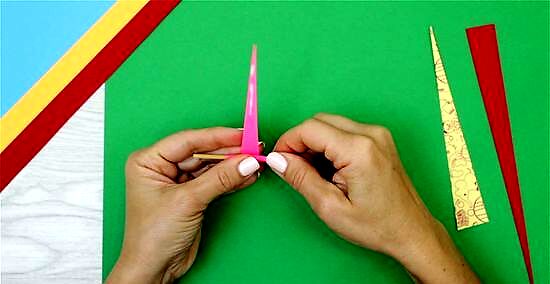
Roll the bead. Starting at the wide end, roll the triangle around itself using a dowel, toothpick, or bamboo skewer. For a symmetrical spiral, keep the triangle centered as you roll; for a more free-form look, allow the triangle to become slightly off-centered. Roll tightly, especially if you want the beads to last. Try to avoid having space between the layers.
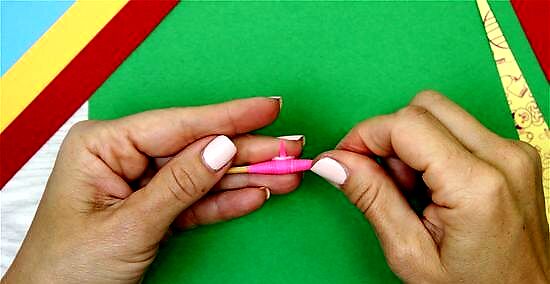
Finish rolling.Glue the tip of the triangle to the rolled paper. If the bead doesn’t stay tightly rolled up, apply another dab of glue. Hold it for a moment to help the glue to set.

Apply a varnish. Use a finish like Marvin Medium, ModPodge, Diamond Glaze, or a solution of one part clear-drying glue to two parts water. Let it dry thoroughly, making sure it doesn’t stick to anything. You might shove a toothpick into a pincushion or a piece of Styrofoam to allow it to dry completely. Add multiple coats for a glossier, longer-lasting finish.
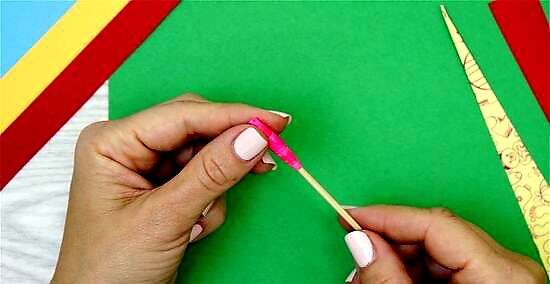
Remove your bead. Wait several hours until your clear finish has set on the bead. Slide the bead off the end of the dowel. If it is well wrapped and glued, it will hold. If the bead begins to unravel, replace it on your skewer and add more glue and finish where necessary.

Create more beads. Use the aforementioned directions to create as many beads as you would like to finish your project. Make several for jewelry pieces, or create a long string to use for decoration in your home.
Making Beads with Your Own Designs
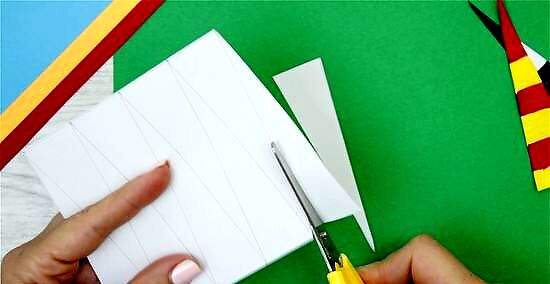
Cut your paper. Cut long triangles from a piece of white printing paper. The base of the triangle will be the width of the bead and the longer the triangle is, the fatter the bead will become. 1-inch by 4-inch (2.5cm x 10cm) triangles will make slender 1-inch (2.5cm) beads, whereas 1/2-inch by 8-inch (1.27cm x 20cm) triangles would create fat 1/2-inch (1.27cm) beads. Cut accordingly.
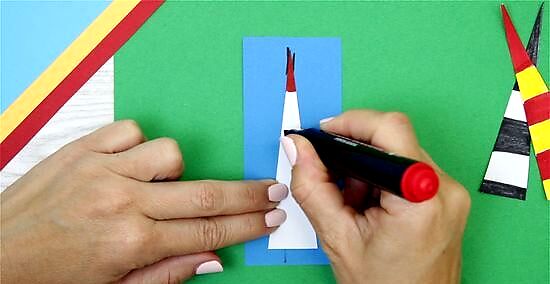
Create your design. Draw on each cut-out with markers, pencils, or pens. Since the triangle will eventually be rolled onto itself, only the outermost edges and the last inch or two of the tip of the paper will be visible; these are the areas where you should focus your design. Play around with a few colors and design combinations as you go to see what looks best. Color the tip of the triangle red and then alternate 1-inch (2.5cm) strips of orange and red marker down the outside edges; this would create a bead with a red center surrounded by orange and red stripes. Color the tip of the triangle black, move down an inch, draw 1-inch (2.5cm) black strips on either outside edge, move down an inch, and repeat; this would create a zebra-striped bead with a black center. Do not use washable markers, especially if you plan to glaze your beads; the colors will run.
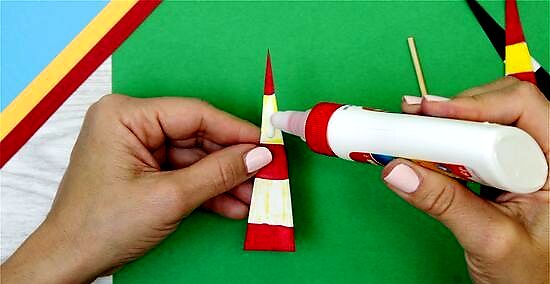
Add your glue. Turn each triangle design-side down and apply a bit of glue to the pointy end. A glue stick or a tiny bit of liquid glue will do.
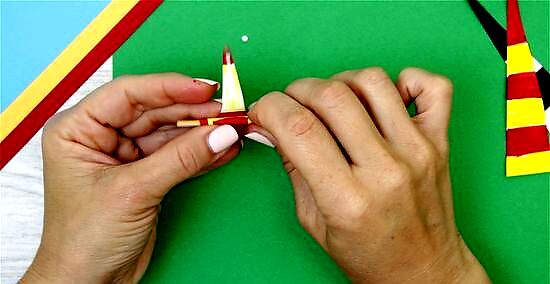
Begin rolling your bead. Starting at the wide end, roll the triangle around itself using a dowel or other slender cylinder. A rounded toothpick or bamboo skewer would work nicely as well. Keep the triangle centered as you roll, otherwise, your designs won’t display correctly.Roll tightly, especially if you want the beads to last. Try to avoid having space between the layers.
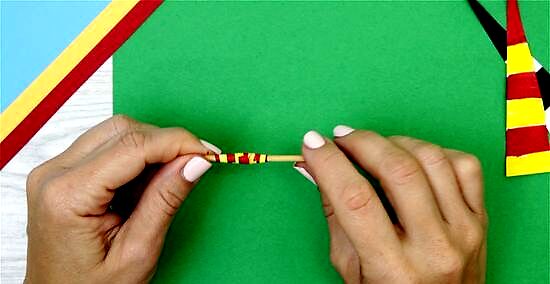
Finish the bead. Glue the tip of the triangle to the rolled paper. If the bead doesn’t stay tightly rolled up, apply another dab of glue.
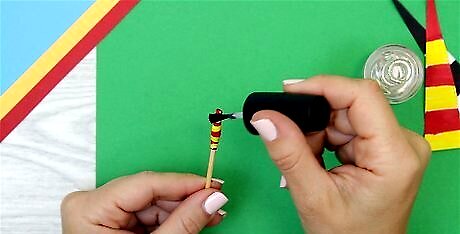
Add a varnish. Use a finish like Marvin Medium, ModPodge, or Diamond Glaze. Let it dry thoroughly, making sure it doesn't stick to anything. Try putting your toothpick into a pincushion or a piece of Styrofoam to keep it from coming into contact with anything.
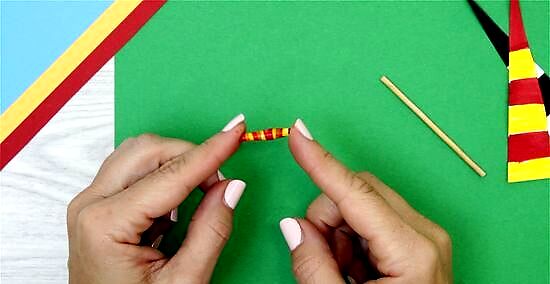
Remove the bead. When the finish has had time to dry completely, slide the bead off the end of the dowel. If it is well wrapped and glued, it will hold.
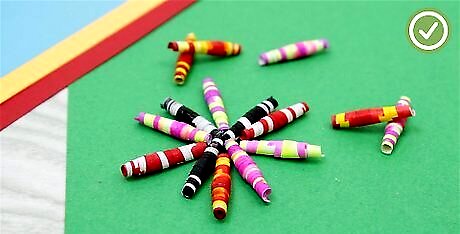
Create more beads. For earrings or a bracelet, you might make only a few beads. For a necklace or other larger project, you'll need more.
Decorating Your Beads
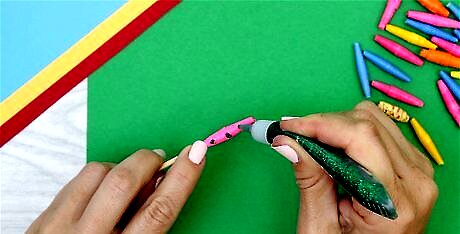
Add paint. Before you add your varnish, use paint to create an additional decorative design along the outside of your beads. For extra texture, use puff paint which dries in a bubble-like form above the surface of the bead.
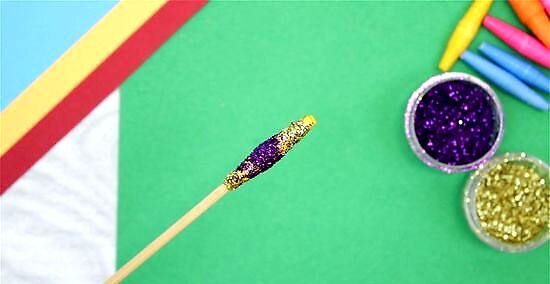
Put on a little glitter. To make your beads sparkly, use glitter glue or loose glitter over the surface of the paper. Add the glitter before your final coat of varnish to keep it from rubbing off as a result of wear and tear. Try adding several coats of glitter in different colors for a lovely rainbow effect.
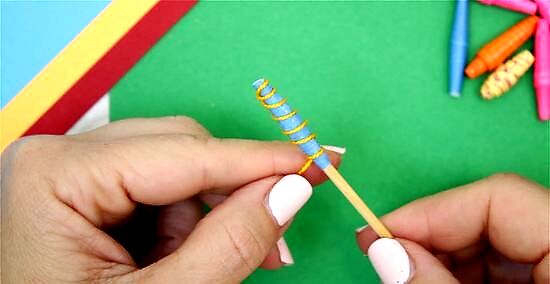
Wrap the beads up in string. Don't thread the beads on string; use string to create a decorative pattern along the outside of the paper. Cut a small piece of colored thread and use glue to wrap the exterior of the bead with the string. Use several pieces of string for added color and texture.
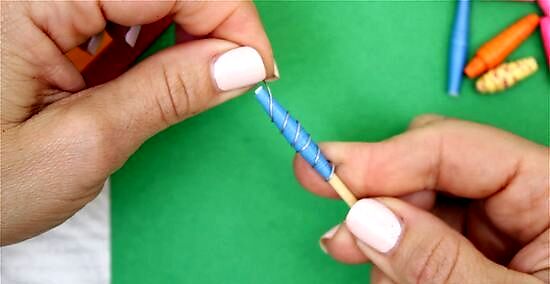
Use a little wire. Use colored florists wire to thread the beads and create pretty spiral or geometric patterns around the outside. Run the wire through the middle of the bead, and then bend it to shape around the bead.
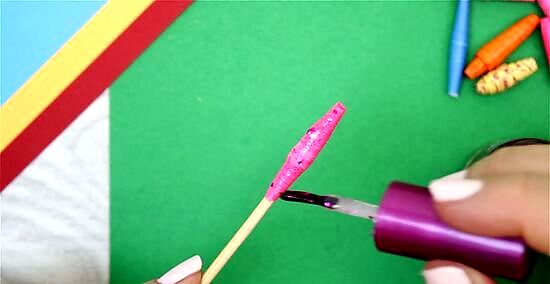
Give your beads a glaze. Use a translucent nail polish or watered down paint to coat your bead in an additional color. Adding the glaze will create a light, semi-opaque layer of color over the paper. You can also use watercolor paints for this.

Finished.











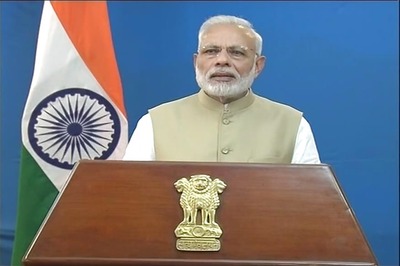








Comments
0 comment